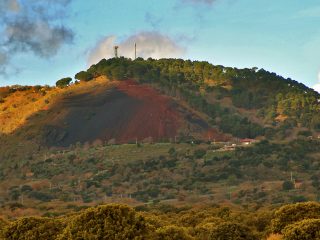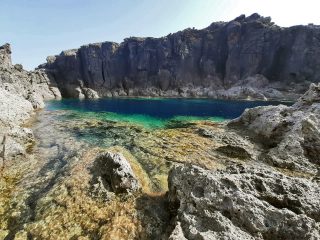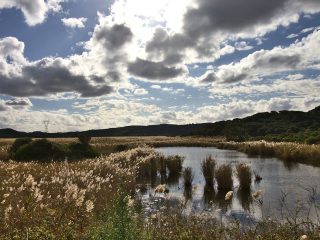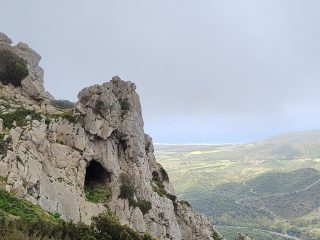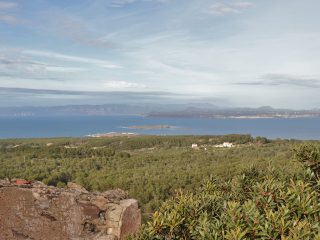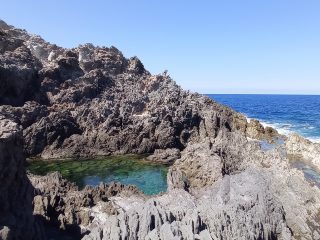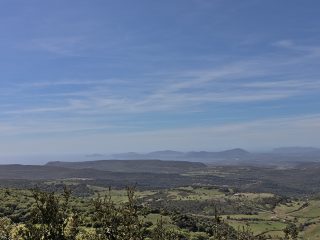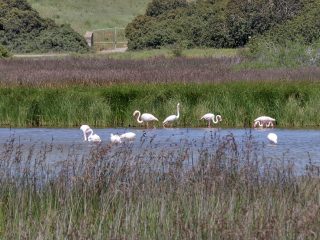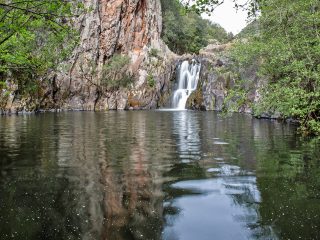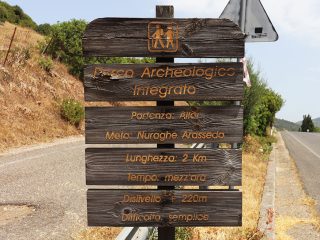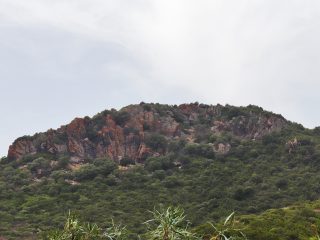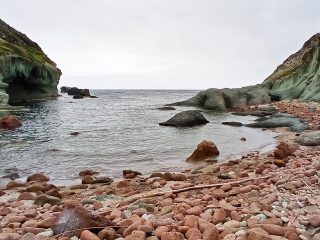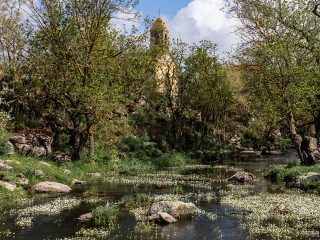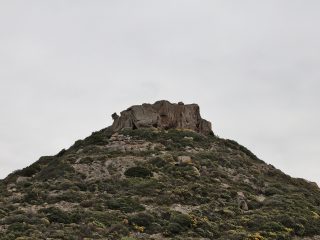The gola di Gorropu is a deep canyon in the Supramonte, between Barbagia and Ogliastra, on the border between the municipalities of Orgosolo and Urzulei.
The toponomy “gorropu” means “precipice” or “excavated area”.
This deep karstic gorge originates from the flow of water from the Rio Flumineddu along a fault line of the limestone rocks.
The width of the canyon varies from around 4 metres to over 10 metres in the widest parts. The walls reach heights of over 500 metres and preserve fossils dating from between 190 and 60 million years ago. It is considered the deepest canyon in Italy and one of the deepest in Europe.
Thanks to its unique features, Gorropu is a natural environment and an example of considerable biodiversity. Here we find typical plants like the Nuragica columbine, a herbaceous species found nowhere else in the world. The Sardinian brook salamander lives in the pools of the rio Flumineddu and is one of the rarest amphibians in Europe. It is equally not uncommon to come across mouflons or spot the golden eagle, which nests in the canyon’s walls.
It can be accessed from the east along the trunk road SS 125 in the stretch between Dorgali and Baunei. You then take a path through a forest of holm oak, fern, strawberry trees and other essences of Mediterranean shrub, until you come to the entrance to the canyon which carves out the limestone rocks of the Costa Silana.
Cross the Supramonte from the south until you come firstly to the Natural Monument of Pischina Urthaddala, and then the Cascata de sa Giuntura. This marks the entrance upstream to the gorge and drops down over the conjoining limestone wall between the rio Flumineddu and the Codula Orbisi.
From the north, starting from Dorgali across the Valle di Oddoene, alongside the rio Flumineddu river and south-eastern slope of monte Oddeu (1083 m. a.s.l.), in the midst of white limestone masses and the holm oaks of Sas Baddes.
The Gola di Gorroppu sits in an area which is part of the Sites of Community Importance (SCI) “Supramonte di Oliena, Orgosolo e Urzulei – Su Sercone” (ITB002212) regulated by Rete Natura 2000.




